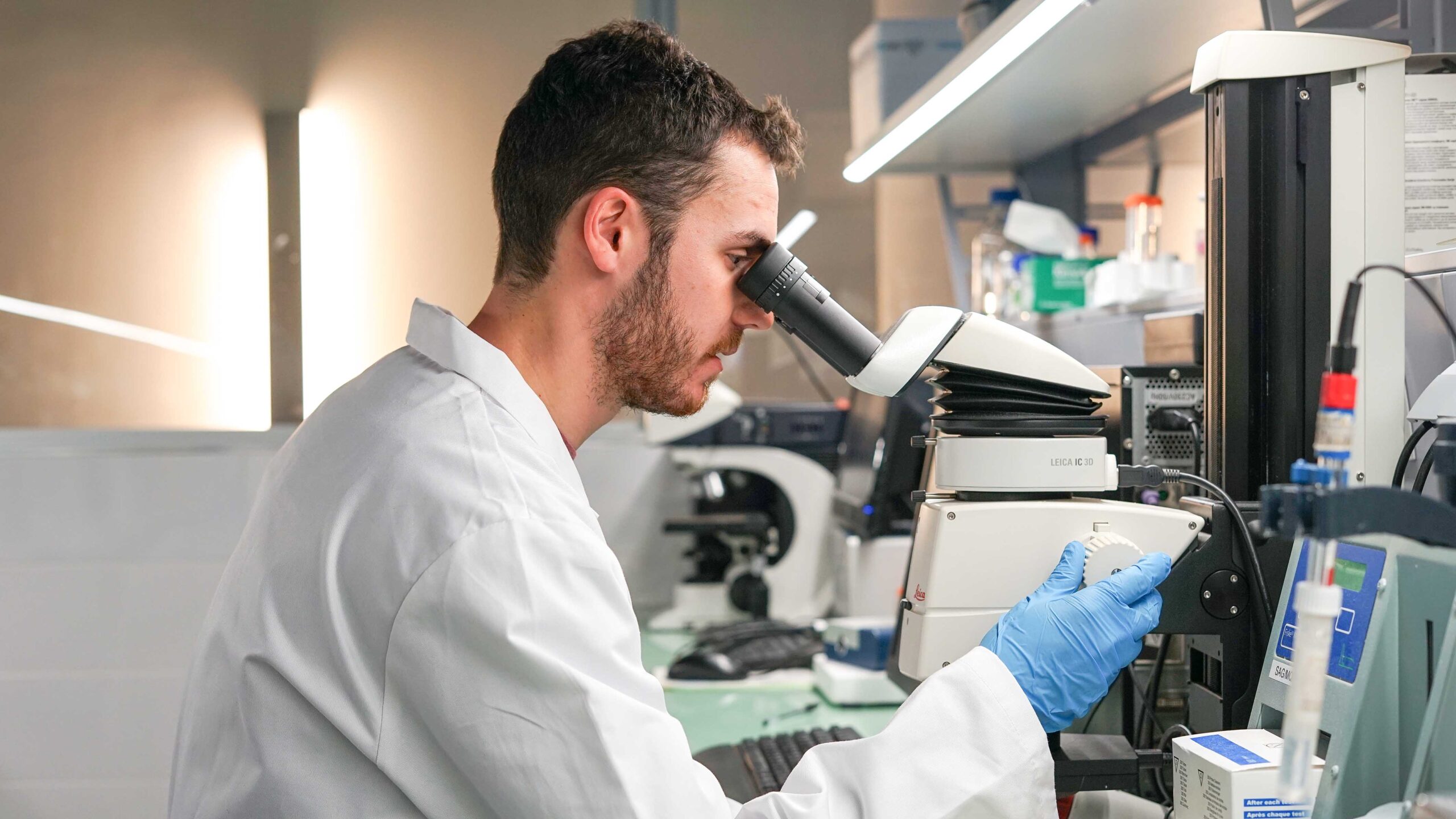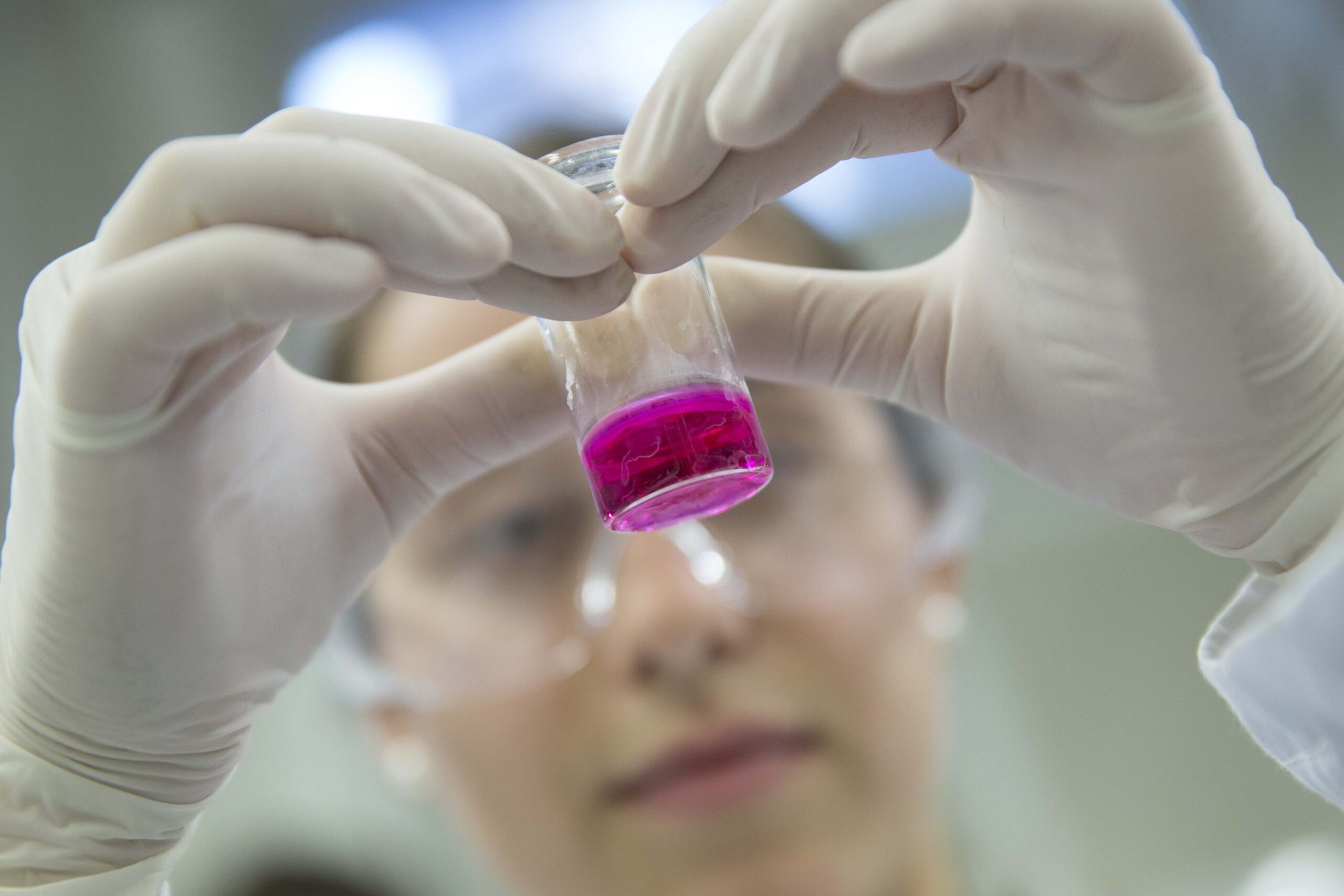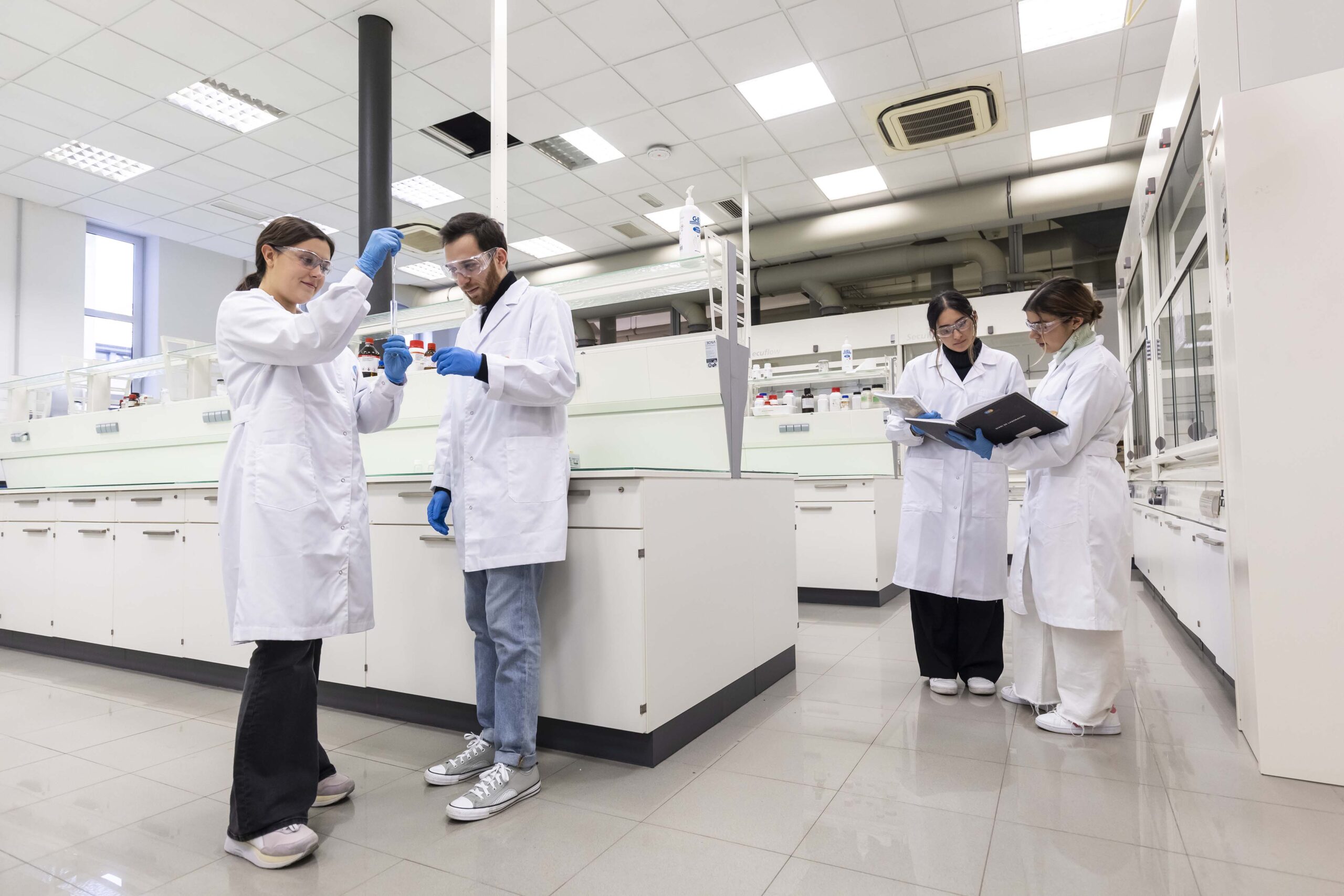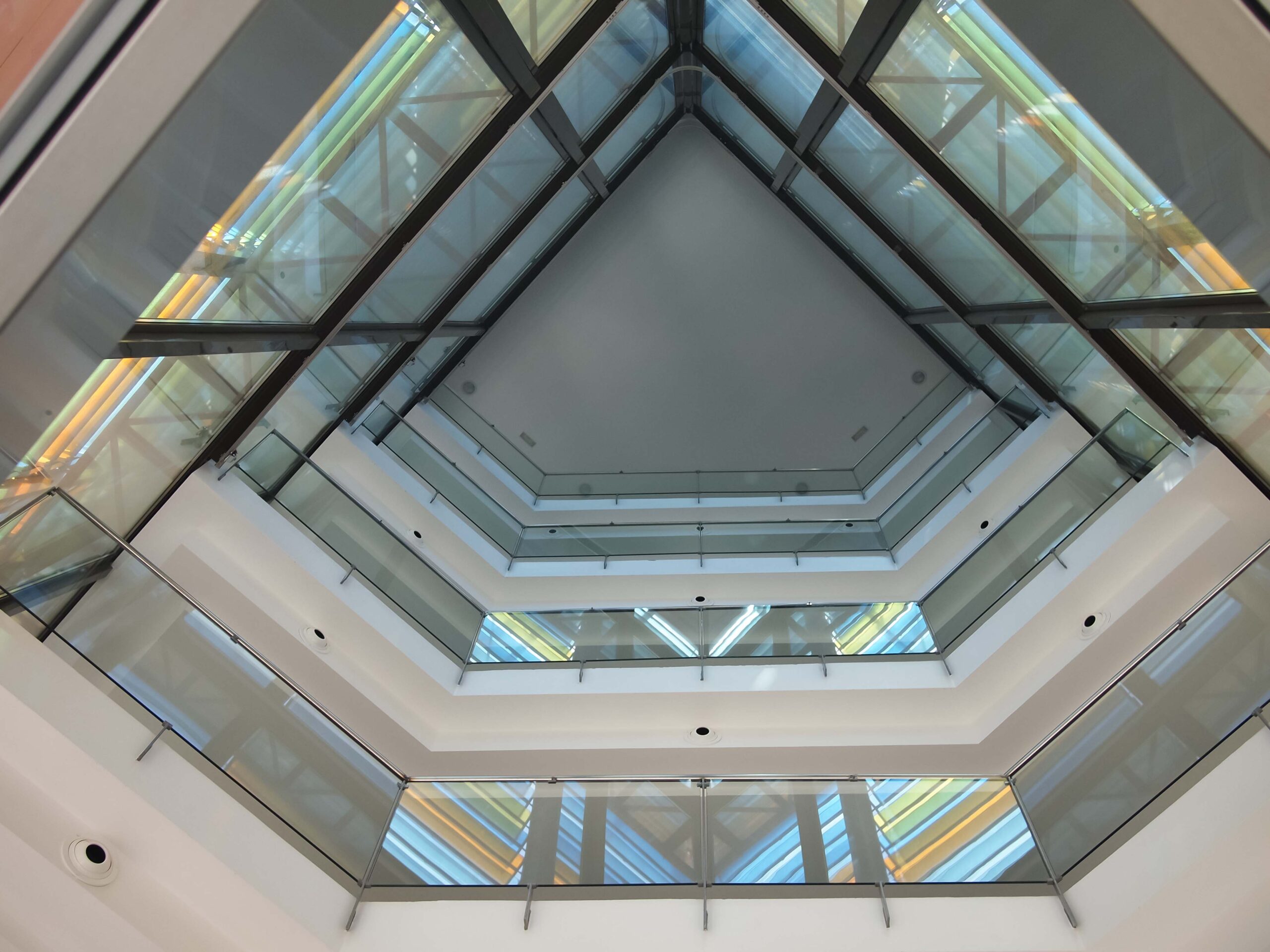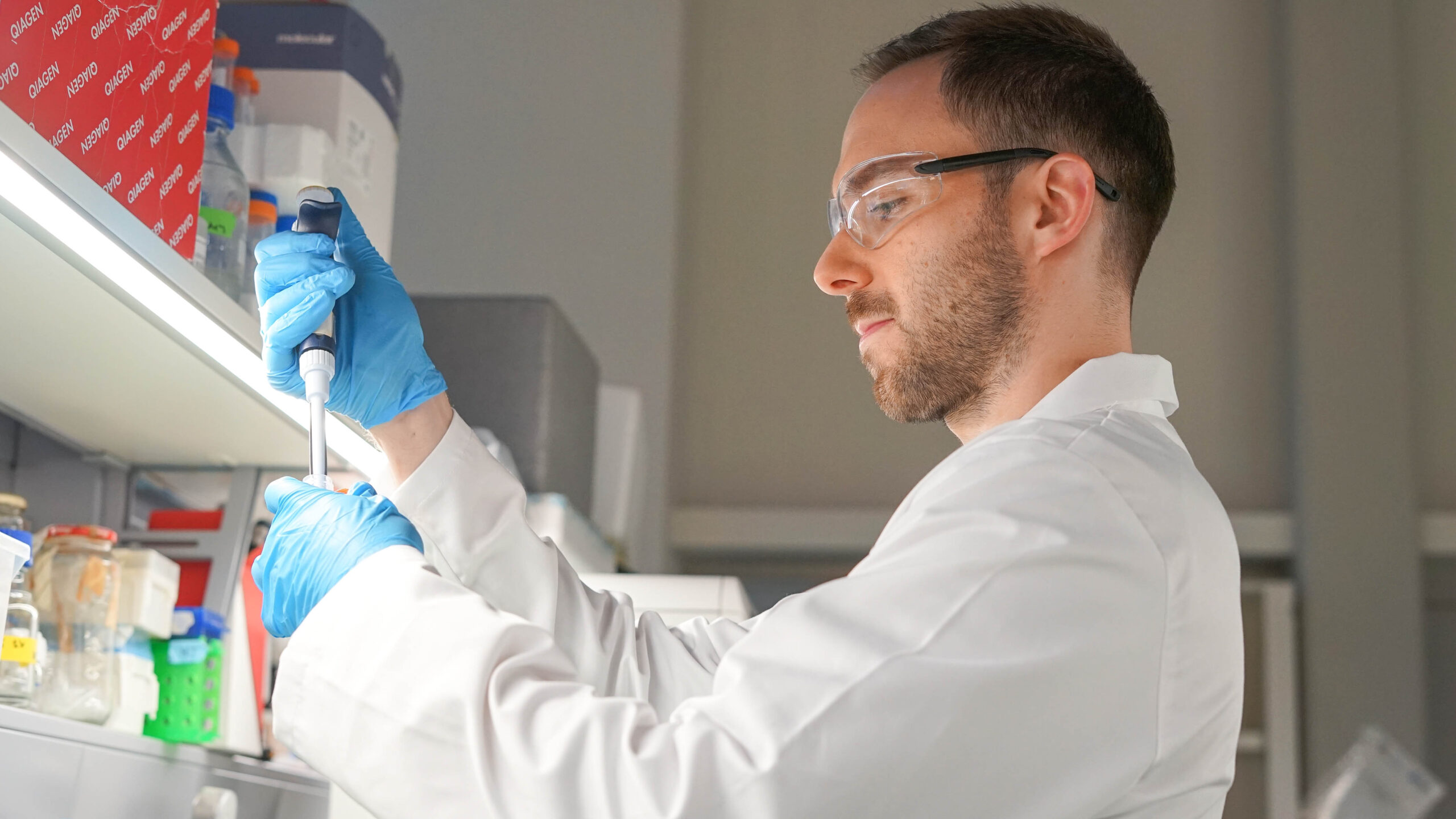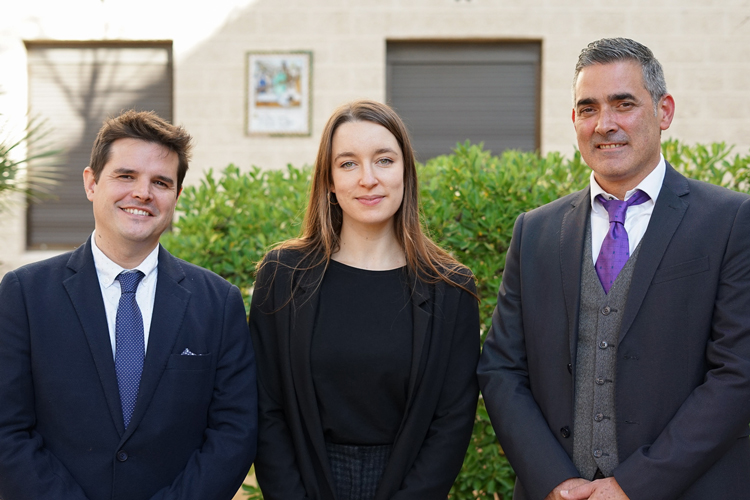Dr Ariadna Chueca recently defended her doctoral thesis at IQS, in which she provides solutions to overcome the current limitations in additive manufacturing using Fused Filament Fabrication technology and practical recommendations for its use.

Dr Marco Antonio Pérez, Dr Ariadna Chueca, and Dr Giovanni Gómez
The growing demand for custom-made products, with their associated cost reductions and driven by the needs of industrial sectors, has promoted the development and refinement of different material processing techniques, resulting in an ever-changing manufacturing landscape in which additive manufacturing (AM) offers many possibilities. One of the most widespread AM methods is Fused Filament Fabrication (FFF), thanks to its technological simplicity and due to its having the potential to address many of the challenges and needs posed by today's market.
However, the layer-by-layer construction nature of objects manufactured with FFF, which enables very high geometric flexibility, is simultaneously a major barrier to the production of final components for certain industrial sectors. Added to this is the fact that the diversity of printing materials and equipment developed in recent years to expand the capabilities of FFF requires the adaptation of existing post-processing methods as well as the creation of new ones that are capable of providing effective solutions to market needs.
Within this context, Dr Adriana Chueca has recently completed her doctoral thesis with the Department of Industrial Engineering at the IQS School of Engineering, entitled "Novel approaches for the chemical, mechanical, and thermal post-processing of polymeric components obtained by fused filament fabrication." Her thesis was jointly supervised by Dr Marco Antonio Pérez and Dr Giovanni Gómez.
The main objective of the thesis was to overcome the main limitations of FFF technology with high-performance thermoplastics, such as: the use of support materials that must be removed manually, the low surface quality, and the weak adhesion between layers that conditions the mechanical properties of the manufactured components. All these issues have been addressed through the chemical, mechanical, and thermal post-processing of samples of Ultem™ 9058 (a high-performance polyetherimide), based on rigorous experience designs, including a Taguchi orthogonal matrix and a response surface methodology, all accompanied by sufficient experimental campaigns to validate the proposals addressed.
Solutions to the challenges of FFF technology
In response to the demand for solutions to meet the challenges of FFF technology, the main contributions of Dr Chueca's research can be summarized as including:
– The validation of a chemical treatment capable of dissolving polysulfone, a support material of Ultem™ 9085, with a minimum impact on the mechanical performance of the model material. In this way, a viable alternative to the manual removal of this support material has been achieved, which is an inefficient method that implied damaging the fabricated parts in many cases.
– A mechanical post-processing based on ball burnishing, which managed to produce a significant reduction in surface roughness and a doubling of the bending fatigue life of the treated parts. This system has been validated in polymers for the first time in this thesis.
– Finally, a thermal annealing combined with isostatic pressure, capable of improving the cohesion between layers and densifying the treated components while improving their surface finish and reducing differences in the mechanical properties of parts manufactured using different printing orientations.
Each of the milestones achieved has been accompanied by practical recommendations to be able to apply the proposed methodologies in the case of other materials.
Dr Chueca's research, as well as publications derived from it, have contributed to promoting the definitive implementation of additive manufacturing technologies in the end product market.
Related publications
Ariadna Chueca de Bruijn, Giovanni Gómez Gras, Marco A. Pérez; Mechanical study on the impact of an effective solvent support-removal methodology for FDM Ultem 9085 parts
Polymer Testing, 85, May 2020, 106433
Ariadna Chueca de Bruijn, Giovanni Gómez Gras, Marco A. Pérez; On the effect upon the surface finish and mechanical performance of ball burnishing process on fused filament fabricated parts , Additive Manufacturing, 46, October 2021, 102133
Ariadna Chueca de Bruijn, Giovanni Gómez Gras, Marco A. Pérez; A comparative analysis of chemical, thermal and mechanical post-process of fused filament fabricated polyetherimide parts of surface quality enhancement; Materials 2021, 14(19), 5880
Ariadna Chueca de Bruijn, Giovanni Gómez Gras, Marco A. Pérez; Selective dissolution of polysulfone support material of fused filament fabricated Ultem 9085 parts, Polymer Testing, 108, April 2022, 107495
Ariadna Chueca de Bruijn, Giovanni Gómez Gras, Marco A. Pérez; Thermal annealing as a post-process for additively manufactured Ultem 9085 parts, Procedia Computer Science, 200, 2022, Pages 1308-1317
Ariadna Chueca de Bruijn, Giovanni Gómez-Gras, Laura Fernández-Ruano, Laia Farràs-Tasias, Marco A. Pérez; Optimization of a combined thermal annealing and isostatic pressing process for mechanical and surface enhancement of Ultem FDM parts using Doehlert experimental designs, Journal of Manufacturing Processes, 85, January 2023, Pages 1096-1115
This thesis has received funding within the IQS grant programme for hiring predoctoral research staff, and has formed part of the New developments in lightweight sandwich structures with 3D printed cores project, RT2018-099754-A-100, within the state R&D&i programme aimed at the Challenges of Society under the State Plan for Scientific, Technical, and Innovation Research 2017-2020.
